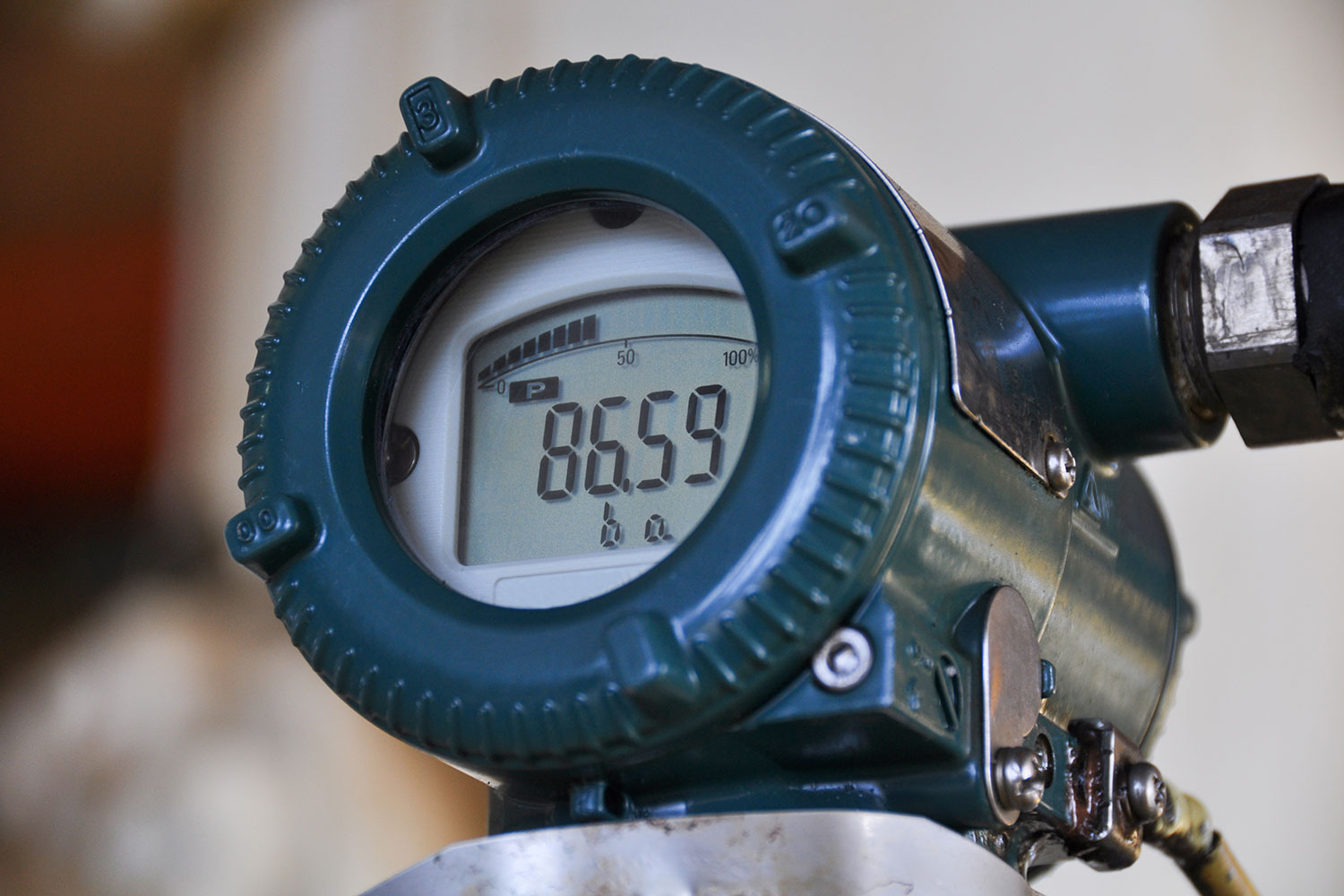Advanced digital sensing technology is transforming the operations of production plants by providing accurate measurement of multiple pressure parameters.
At a time when industries are under greater pressure to reduce costs and increase efficiencies, more production facilities are turning to digital sensing technology to provide the real-time insights they need for improved performance. They are also looking for insights driven by plant availability through smart pressure measurement techniques and data.
What if one digital sensor could measure multiple signals?
Yokogawa’s DPharp digital technology has the unique ability to measure two pressure parameters, delivering reliable and accurate measurement of plant operations.
Tony Farah, Product Manager – Transmitters & Level, Yokogawa Australia & New Zealand, said that as technology has become more widely embraced across industries, more organisations are seeing the significant benefits of smart devices like DPharp.
“The unique aspect of this digital technology is that it measures two parameters in one sensor module, providing additional insight into a plant’s operations. It is the only sensor in the world that does this,” he said.
How it works
DPharp (which stands for differential pressure high accuracy resonant pressure) transmitters use silicon resonant sensor technology to measure both differential and static pressure.
The sensor consists of two H-shaped crystal silicon resonators that vibrate at a certain frequency and, when pressure is applied, the frequency of one resonator increases while the other decreases.
By monitoring these frequencies digitally, both differential and static pressure can be measured at the same time. The frequency output is directly read by the central processing unit of the transmitter without any analogue-to-digital conversion.
“The fluctuation of differential and static pressure, capsule and ambient temperature signals from the DPharp sensor are continuously monitored,” Farah said.
“By statistical calculations and comparison to reference condition, the blockage of high, low or both impulse lines can be determined. This resonant sensor technology also provides a large output signal resulting in greater sensitivity and higher turndown.”
Greater efficiency, lower costs
Rather than requiring two pressure measurements being executed by two independent pressure transmitters, Farah said DPharp’s unique digital sensing technology allows engineering firms and plant engineers to create designs that will equate to an average reduction of 40 per cent in capital expenditures (CAPEX) that further impacts on operating expenses (OPEX) through reduced maintenance and inventory stock holding.
Farah explained that DPharp can be used in any processing plant across any industry – from oil and gas to food and beverage.
“One example is an oil and gas facility in Queensland, which is utilising this DPHarp technology on a project that is saving them hundreds of thousands of dollars,” Farah said.
“Where they would typically use five measuring devices, they are using three by using our multi-sensing technology. That is a significant cost reduction in the number of devices installed and the added benefit is that, as there are less devices, the engineering and design is less complex, which means less materials and less equipment to maintain. Furthermore, there are fewer transmitter spares required, which reduces inventory costs.”
Robust and safe
Production and operational facilities function in diverse conditions – from urban locations with controlled environmental conditions to remote operations exposed to extreme conditions. As a result, their pressure devices must be both robust and reliable.
DPharp transmitters are designed for any harsh environment with rugged dual compartment enclosures as standard. They also use Hastelloy C-276 isolating diaphragms as standard for improved corrosion resistance that suites most general applications, while alternative options are available for enhanced durability for harsh demanding processes.
“They are also inherently fail-safe,” Farah added.
“If either one or both resonators were to fail, the transmitter diagnostics detects capsule error.”
Safety is also assured, he said.
“The transmitters have been assessed for hardware for SIL2 single use and SIL3 redundant use to IEC61508 safety standards. They are inherently safe by design with no undiscovered failure modes. This comes as a standard feature – it’s not an add-on.”
Commitment to innovation
DPharp digital sensing is another example of Yokogawa’s commitment to revolutionary technology and its ability to stay ahead of the competition. DPharp technology has been successfully used by industries for the past 20 years.
This was recognised by leading technology market research firm ARC Advisory Group more than two decades ago. In a statement from April 1995, ARC noted:
“Proprietary sensors that offer real added value to a customer are already on the increase in the market. With the exception of Yokogawa, not many suppliers are expected to invest the time and money into development of sophisticated new age pressure sensors.”
With production facilities seeking to reduce costs and increase reliability, DPharp sensor technology drives financial and operational efficiencies by doing the work of multiple transmitters.
“DPharp technology provides unmatched precision and real-time accuracy,” Farah said.
“It is inherently safe, robust with its multi-sensing functionality providing unique production insights. It is driving huge value for our customers where operations are reflecting relief from maintenance personal empowered with extended maintenance intervals for DPharp pressure transmitters in use.”
In a chemical facility, maintenance schedules were initially adjusted as follows: critical tags from three months to 12 months; general use tags from six months to 24 months; and non-critical tags from 12 months to an ‘as-required’ basis.
Get more insights about what DPharp technology can do for you.




